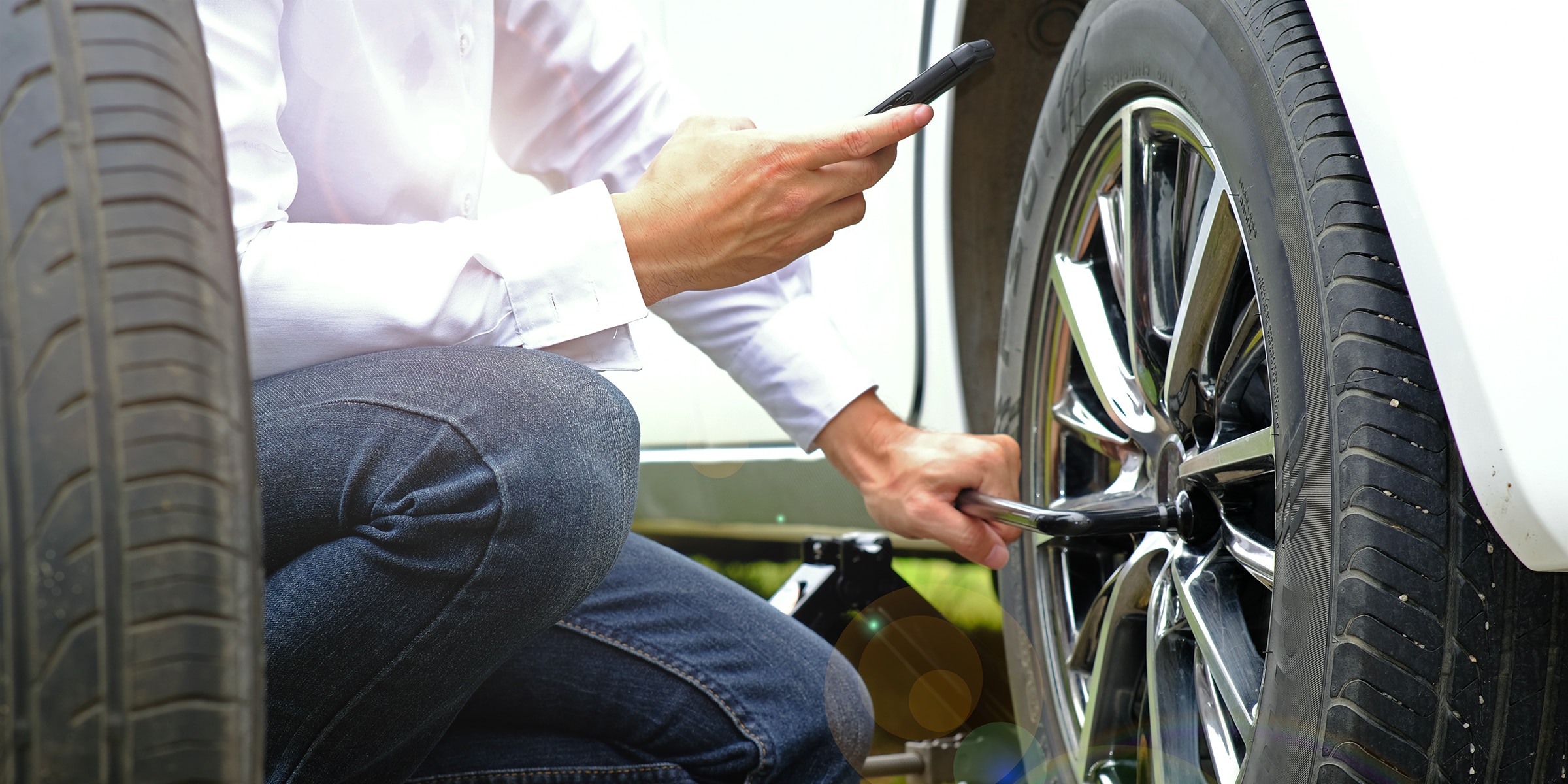-
Tires
Sidewall Indentations / UndulationsFig. A: Vertical indentation on sidewall from rim to tread. A common byproduct of radial tire construction, sidewall indentations/undulations are more noticeable in tires with taller sidewalls or operate at higher inflation pressures. Fortunately sidewall...
-
Tires
For handling-oriented track & competition fitments, Tire Rack recommends mounting tires on the widest rim width approved by the tire manufacturer (and permitted by competition class rules). However, we also recognize that rules for stock, spec, or other autocross/racing classes often restrict...
-
Installation |
Tires |
Wheels
Much like your foot can sometimes fit in a half size up or down shoe, tires have a range of rim widths they can be mounted on while still performing as designed. Likewise, similarly to how a person typically knows their "shoe size," tires have a measuring rim width from which the tire's specs...
-
Installation |
Tires
While it's often referred to simply as an "alignment" or "wheel alignment," it's really complex suspension angles that are being measured and a variety of suspension components that are being adjusted. This makes an alignment an important suspension-tuning tool that greatly influences the...
-
Tires
How do M+S (Mud and Snow) branded tires, All-Season tires, and three-peak mountain snowflakeAll-Season tires, and three-peak mountain snowflake branded tires differ in the snow? One word; Traction! And while you may not know which tire offers the best traction in winter weather, it'll only take...
-
Tires
Maximum Inflation PressureA tire's maximum inflation pressure is the highest "cold" inflation pressure that the tire is designed to contain. However the tire's maximum inflation pressure should only be used when called for on the vehicle's tire placard or in the vehicle's owners manual. It is...
-
Tires
Introduced in the United States in the 1960s, metal studs that could be inserted into tires were developed to enhance traction on the slipperiest road condition...ice. The studs were designed to use the vehicle's weight and centrifugal forces to provide more ice traction as they repeatedly...
-
Tires
Run-flat tires offer drivers temporary extended mobility even after a puncture allows complete air pressure loss. However, even run-flat tires will fail if driven too fast, too far or too heavily loaded when flat. For this reason, run-flat tires may only be used on vehicles equipped with a Tire...
-
Tires
Most run-flat tires make a promise of temporary extended mobility at up to 50 miles per hour speeds for up to 50-mile distances in the event a puncture allows complete air pressure loss. However, even if driven within their speed and distance limitations, driving on run-flat tires with low or...
-
Tires
Maximum LoadA tire's maximum load is the most weight the tire is designed to carry. Since a tire's load carrying capacity is related to the tire's size and construction and how much inflation pressure is actually used, maximum loads are rated with the tire inflated to an industry assigned...
-
Tires
Federal law requires tire manufacturers to provide standardized information permanently branded on the sidewalls of all tires sold in the United States. This includes information about the tire's basic characteristics, capacities and construction, as well as its U.S. Department of...
-
Installation |
Tires
The answer could be yes, no, or yes and no! It all depends on your vehicle's tire type, setup, and whether you are replacing just two or all four tires. Are your tires directional, or non-directional? Are they mounted in a "square" setup, i.e., all four tires are the same size? Or "staggered,"...


